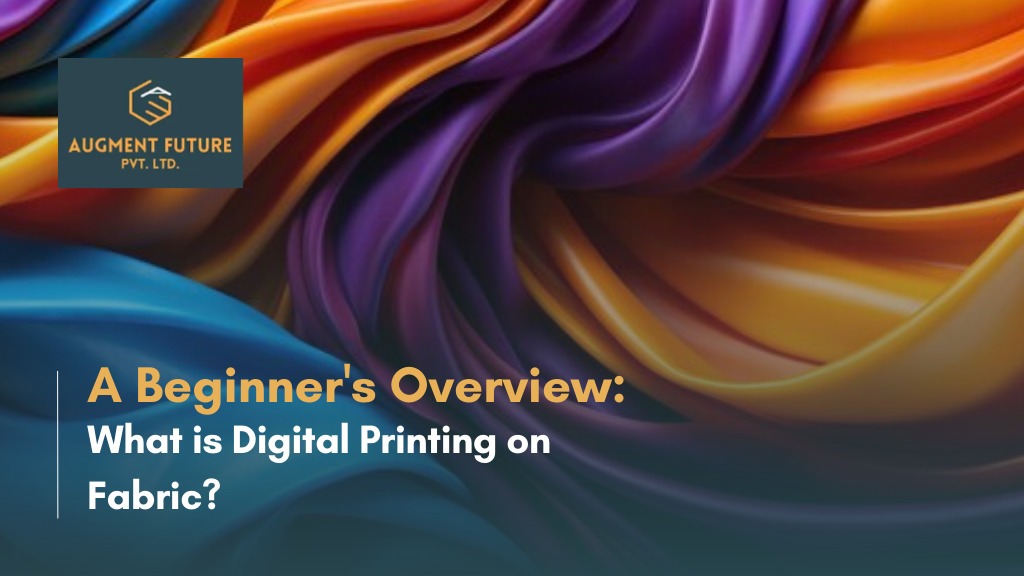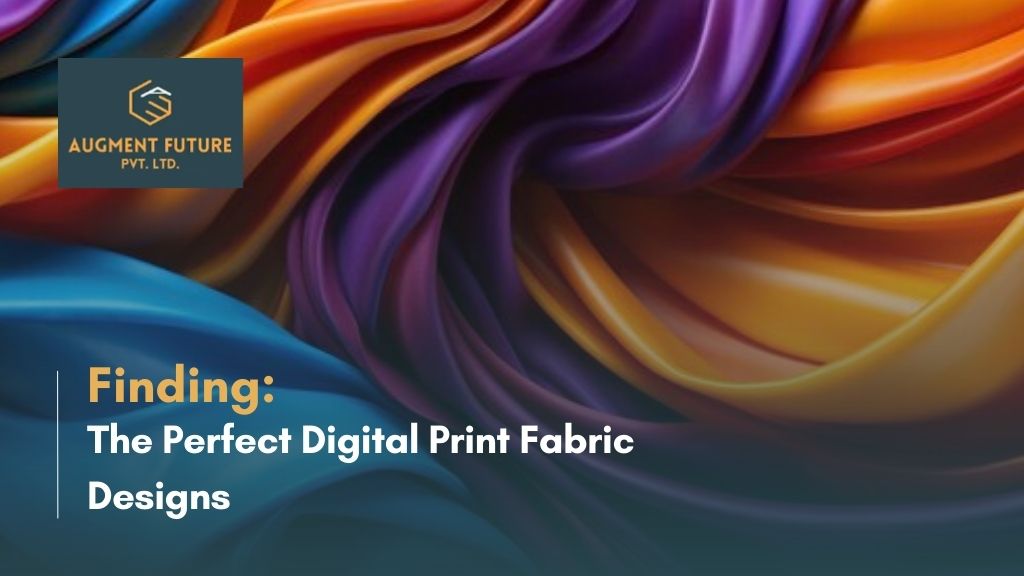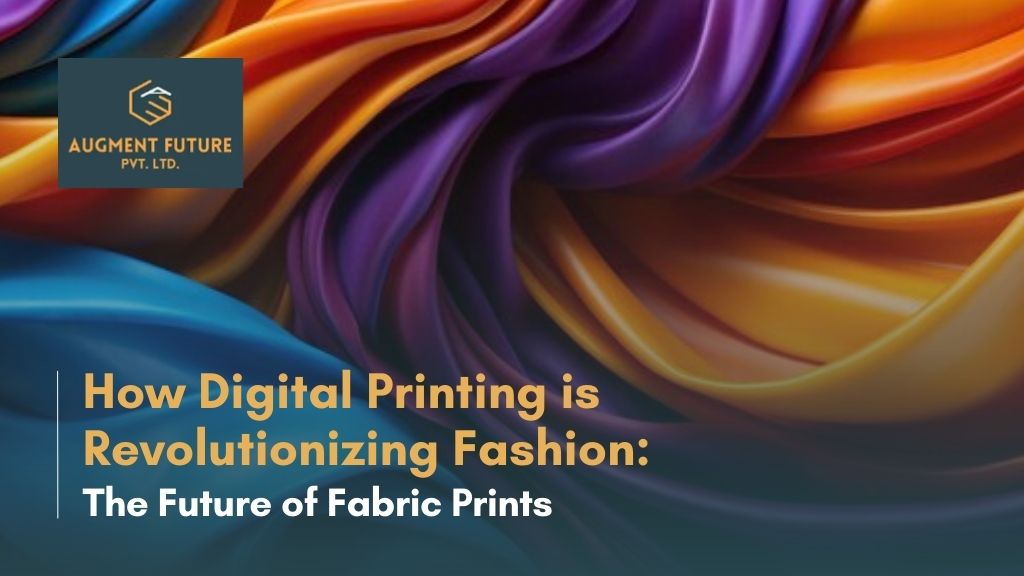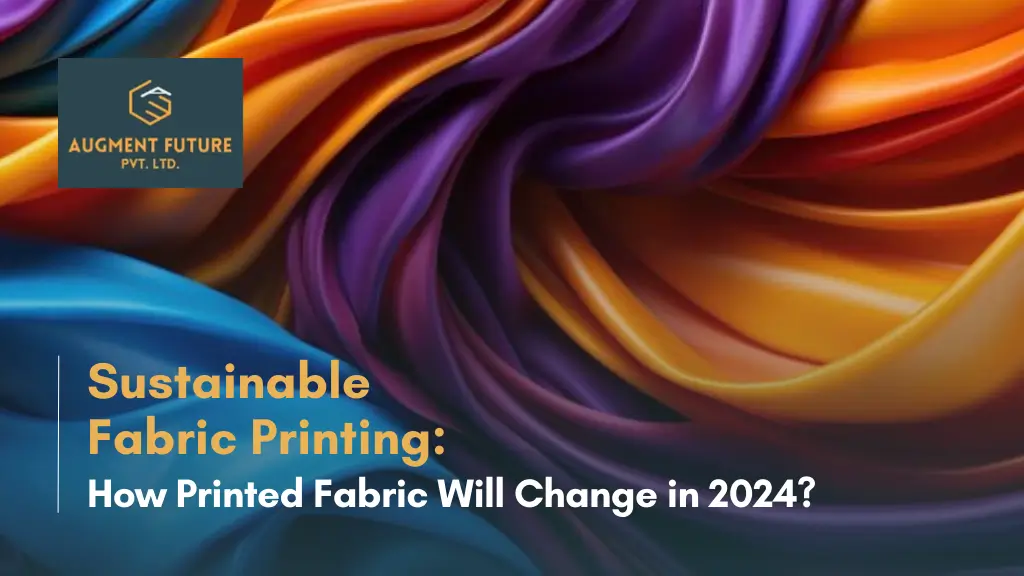Introduction
The world of textile design is undergoing a transformative shift, driven by the rise of digital printing technology. Traditional methods that once dominated the industry are being challenged by more efficient, precise, and sustainable alternatives. Digital printing on fabric, in particular, has emerged as a powerful tool that is reshaping how fabrics are designed, produced, and consumed. This modern approach to textile design not only offers flexibility but also unlocks creative possibilities that were previously unimaginable.
What is Digital Printing on Fabric?
Digital printing on fabric is the process of applying designs directly onto textiles using digital inkjet technology. Unlike traditional methods that rely on labor-intensive processes such as screen printing or block printing, digital printing allows designers to translate complex, high-resolution designs onto fabric with ease. This process involves specialized printers that can reproduce intricate patterns, gradients, and colors, resulting in vibrant, high-quality outputs.
Traditional vs. Digital Printing: A Comparative Analysis
Key Differences in Technique and Output
The most obvious difference between traditional printing methods and digital printing lies in their techniques. Traditional methods such as screen printing involve creating physical stencils for each color and applying ink layer by layer. This method is time-consuming and limits the number of colors that can be used. Digital printing, on the other hand, uses a single machine to apply all colors simultaneously, which reduces setup time and allows for complex designs to be printed in a fraction of the time.
Advantages of Digital Printing Over Conventional Methods
One of the key advantages of digital printing is its ability to produce short runs and customized prints without the high costs associated with traditional methods. This flexibility means that businesses can print small quantities for special collections or create one-of-a-kind pieces without the need for extensive setup. Digital printing also provides superior detail and precision, making it the preferred choice for high-quality, intricate designs.
The Technology Behind Digital Printing
How Digital Printers Work: Precision and Efficiency
Digital fabric printers operate using inkjet technology, where tiny droplets of ink are sprayed onto the fabric to create the desired design. These printers are capable of producing extremely fine detail, ensuring that even the most intricate patterns are rendered with precision. The efficiency of these machines is remarkable, allowing for faster production times compared to traditional printing methods.
Types of Digital Printing Technologies
There are several types of digital printing technologies available, each suited for different types of fabrics and applications. Direct-to-fabric (DTF) printing applies ink directly onto the fabric, while dye-sublimation printing transfers designs onto polyester fabrics using heat. Each method has its unique advantages, with dye-sublimation producing vibrant, long-lasting prints, particularly for synthetic fabrics, while DTF printing is more versatile across different material types.
Customization and Personalization in Modern Fabric Printing
The Rise of On-Demand Printing in Fashion and Design
In today’s fast-paced, consumer-driven market, customization has become a defining trend. Digital printing on fabric allows for on-demand printing, meaning designs can be tailored to individual preferences with little lead time. This capability has transformed the fashion industry, enabling designers to offer personalized clothing and accessories that reflect unique tastes. On-demand printing also reduces the need for large inventory stock, making it a more sustainable option for businesses.
Tailoring Designs to Meet Specific Consumer Needs
Customization in digital printing goes beyond simple patterns. Consumers can now choose color palettes, design elements, and fabric types to create something entirely their own. This personalization trend has extended into various sectors, from fashion to home décor, empowering customers to become co-creators in the design process.
Sustainability in Digital Printing
Reducing Waste and Energy Consumption
Sustainability is a growing concern within the textile industry, and digital printing is at the forefront of addressing these challenges. Traditional textile printing often results in excessive waste due to water usage, chemical runoff, and excess fabric production. Digital printing, in contrast, uses far less water and energy, while producing minimal waste. This makes it a much more eco-friendly alternative to conventional methods.
The Role of Eco-Friendly Inks and Practices
The development of eco-friendly inks has further enhanced the sustainability of digital fabric printing. Many digital printers now use water-based or non-toxic inks that have a lower environmental impact. Additionally, digital printing supports on-demand production, which eliminates overproduction and the waste associated with unused inventory.
Impact on the Fashion Industry
How Digital Printing is Changing Fast Fashion
The influence of digital fabric printing on fast fashion cannot be overstated. Designers can now react to trends almost instantly, creating new collections in response to consumer demand without the time delays of traditional methods. This flexibility allows brands to release more frequent collections while reducing lead times, catering to the modern consumer’s desire for fast and affordable fashion.
Benefits for Independent Designers and Small Businesses
Digital printing has leveled the playing field for independent designers and small businesses. Without the need for large-scale production facilities, designers can create limited-run collections or custom pieces without incurring prohibitive costs. This democratization of textile production is allowing a new generation of designers to enter the market and compete with larger brands.
The Importance of Color Accuracy and Detail
Precision in Design Reproduction
One of the most impressive features of digital printing is its ability to reproduce designs with impeccable accuracy. Whether it’s fine lines, intricate details, or subtle gradients, digital printing ensures that what is seen on a screen translates perfectly to fabric. This precision is particularly important for high-end fashion and luxury goods, where attention to detail is paramount.
Color Management and Its Role in Digital Printing
Color management is a critical aspect of digital fabric printing. Ensuring that the printed fabric matches the intended design requires sophisticated software and calibration techniques. Digital printers use advanced color profiling to ensure that each hue is accurately reproduced, maintaining consistency across different batches of fabric.
Applications Beyond Fashion
Digital Printing in Home Décor: Upholstery, Curtains, and More
Beyond fashion, digital fabric printing is making waves in the home décor industry. Designers can now create custom upholstery fabrics, curtains, and bedding that reflect the homeowner’s personal style. The ability to print intricate patterns and vibrant colors on a wide range of materials has opened up new possibilities for interior design.
The Growth of Digital Printing in Custom Accessories and Stationery
Custom accessories, such as bags, scarves, and stationery, are also benefiting from the versatility of digital printing. The ability to quickly produce unique, personalized items has made digital printing a popular choice for both commercial products and personalized gifts. This has allowed businesses to offer a wider variety of products without the need for large inventories.
Challenges and Limitations of Digital Printing on Fabric
Material Compatibility and Ink Limitations
Despite its many advantages, digital printing is not without challenges. Not all fabrics are compatible with digital printing technologies, and certain inks may not adhere well to specific materials. For example, dye-sublimation works best on polyester fabrics but is not suitable for natural fibers like cotton. This can limit the versatility of digital printing for some designers.
Cost Factors and Market Adoption
The initial investment in digital printing technology can be substantial, particularly for smaller businesses. While digital printing reduces costs in the long run, the upfront cost of specialized printers, inks, and software can be a barrier to entry for some. Additionally, market adoption has been slow in some regions, where traditional printing methods still dominate.
Future Trends in Digital Fabric Printing
Technological Advancements: Speed, Precision, and Sustainability
As technology continues to evolve, digital printing is expected to become faster, more precise, and even more sustainable. Future innovations may include faster print speeds, improved fabric compatibility, and the development of new eco-friendly materials that further reduce the environmental impact of textile production.
The Role of Artificial Intelligence in Custom Textile Design
The future of digital printing may also be influenced by artificial intelligence (AI). AI
-powered design tools can analyze trends, predict consumer preferences, and even assist in creating custom designs. This integration of AI with digital printing has the potential to revolutionize the way textiles are designed and produced, offering a new level of personalization and efficiency.
Conclusion
Digital printing on fabric represents a modern approach to textile design that is transforming the industry. Its advantages in customization, precision, and sustainability make it a valuable tool for designers, manufacturers, and consumers alike. As technology advances, digital printing will continue to shape the future of fashion, home décor, and beyond, offering endless possibilities for creativity and innovation.






